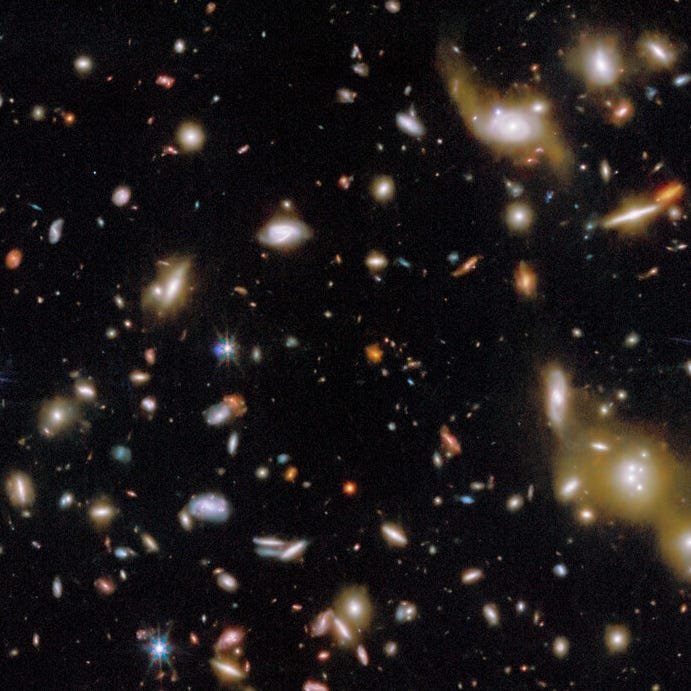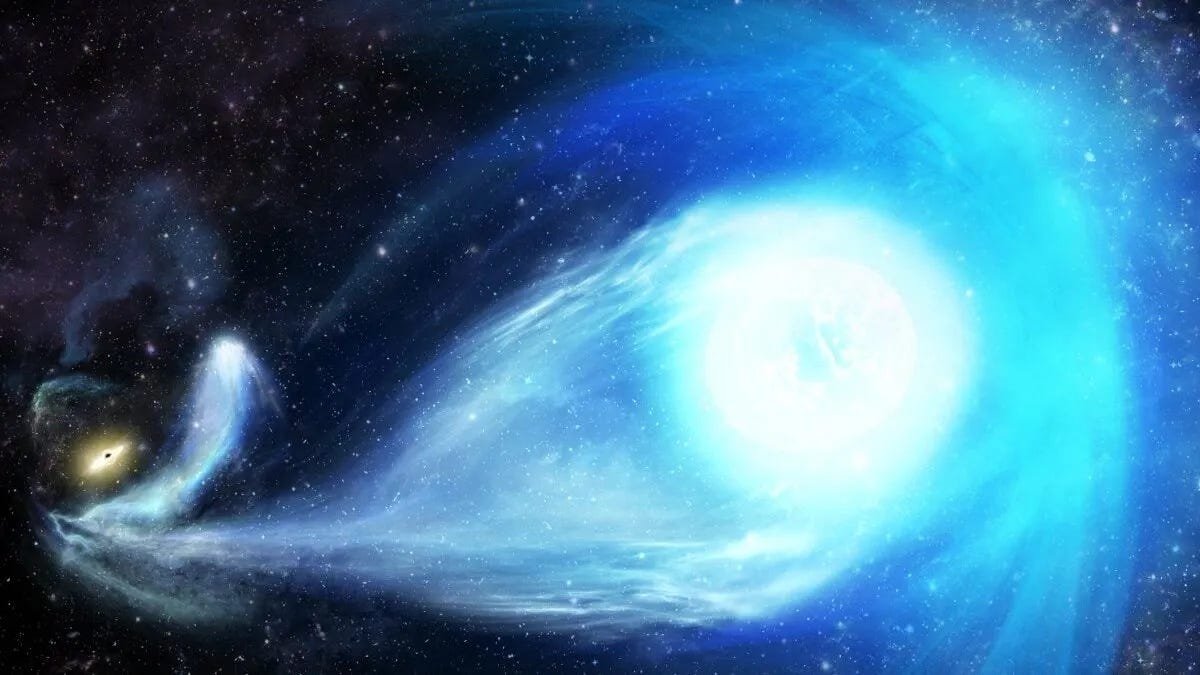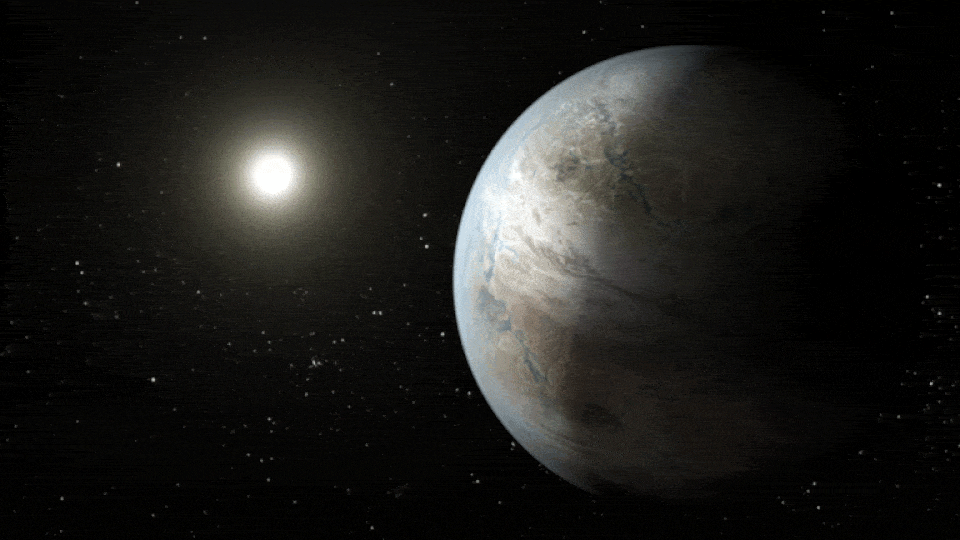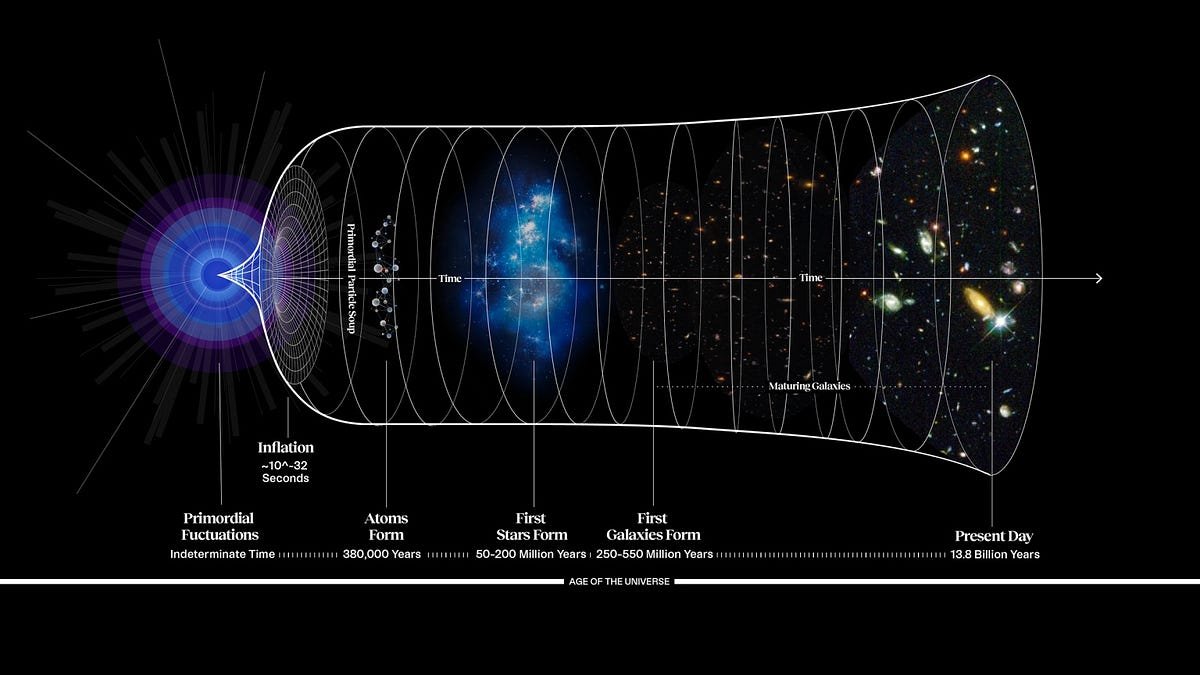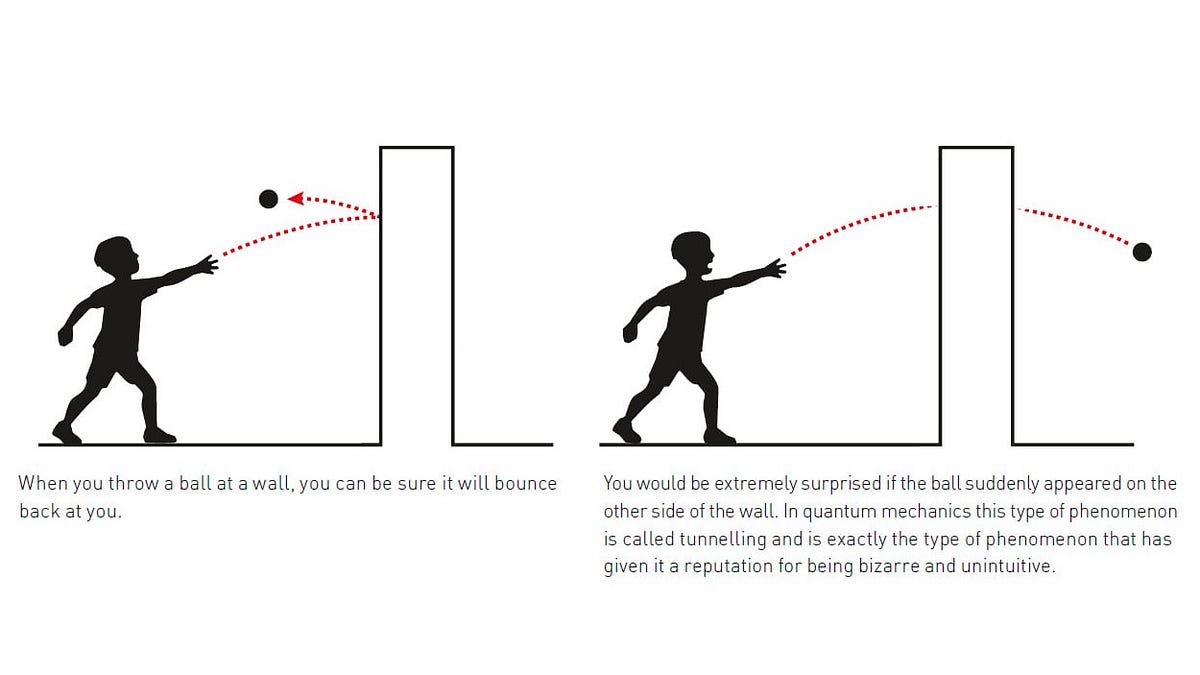
Macroscopic quantum tunneling wins 2025’s Nobel Prize in physics | by Ethan Siegel | Starts With A Bang! | Oct, 2025
Quantum mechanics was first discovered on small, microscopic scales. 2025’s Nobel Prize brings the quantum and large-scale worlds together.
Here in the classical world, if you throw a ball against a solid wall, that wall will be impenetrable, and the ball will bounce right back. Do it a hundred times, a thousand times, a million times, and the result will always be the same. As long as the wall remains intact, the ball will always remain on that same, initial side of the wall.
Things are a little different in the quantum world, however. If you fire a subatomic particle, like an electron, at a barrier — whether that’s a solid barrier made of atoms or merely an energy barrier, where the particle doesn’t have enough energy, itself, to get to the other side — most of the electrons will bounce back. But there’s a chance, dependent on the:
- speed and energy of the electron,
- the height and thickness of the (physical or energy) barrier,
- and the rules of quantum physics,
that the electron won’t bounce back, but instead will tunnel through to the other side.

